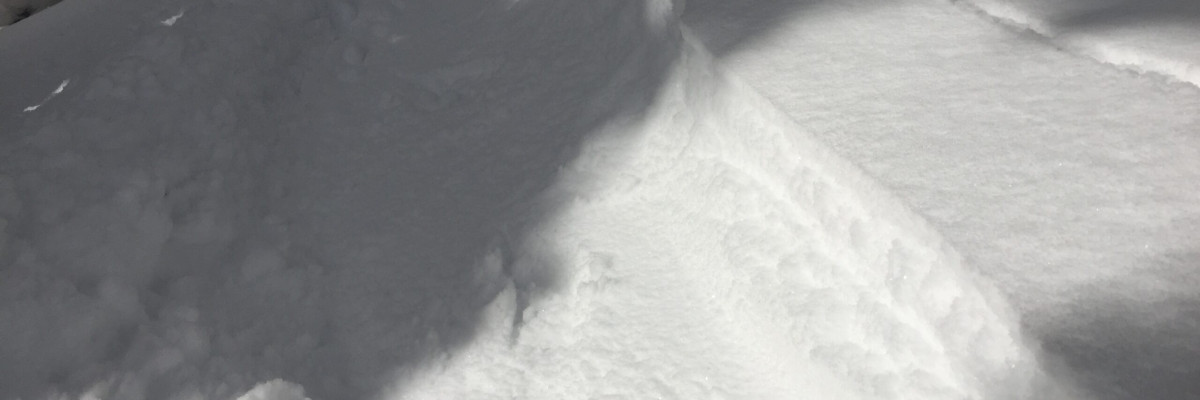This is Travis Craft with a Spring update or should we say Winter update.
SPRINGTIME SNOW SAFETY CONSIDERATIONS
It is still winter at higher elevations. The advisory area has received several new inches of snow over the week with strong winds. We have had reports of shooting cracks and localized collapsing in the region on several different aspects and elevations. Remember when the ski areas close the terrain is no longer controlled and should be treated like backcountry slopes. Carry your beacon, shovel, and probe.
Trip planning is essential this time of year with no regular avalanche advisory. Use the backcountry weather forecast which will continue to be updated until April 13th. Look at snotel data to get information on snow total amounts and weather station data for temperatures, wind trends, and speeds year round. With these tools, you can get an idea of the avalanche problems you could encounter on your trip and choose appropriate terrain for the day.
Keep your head on a swivel looking for signs of instability; shooting cracks, natural avalanches, roller balls, rounded pillows or signs of wind scouring, and localized collapsing. Dig a pit before committing to any steep slope. Use small test slopes to see how new snow is bonding to old snow surfaces. Pay attention to weather changes while in the field that can elevate the avalanche danger. The spring is a very dynamic season, and conditions can change rapidly.
We will continue to post public observations as we receive them and will post updated information if conditions change dramatically. If you are out recreating in the backcountry, please continue to send us observations by sending an email or use the form available on our website at missoulaavalanche.org. The information provided might keep someone out of trouble.
Thanks for another excellent season and all the support this year! We couldn’t do it without your financial help, community support, public observations, and it is deeply appreciated. A special thank you goes out to the dedicated board members of the West Central Montana Avalanche Foundation, our non-profit support organization.
Ski and ride safe.
























